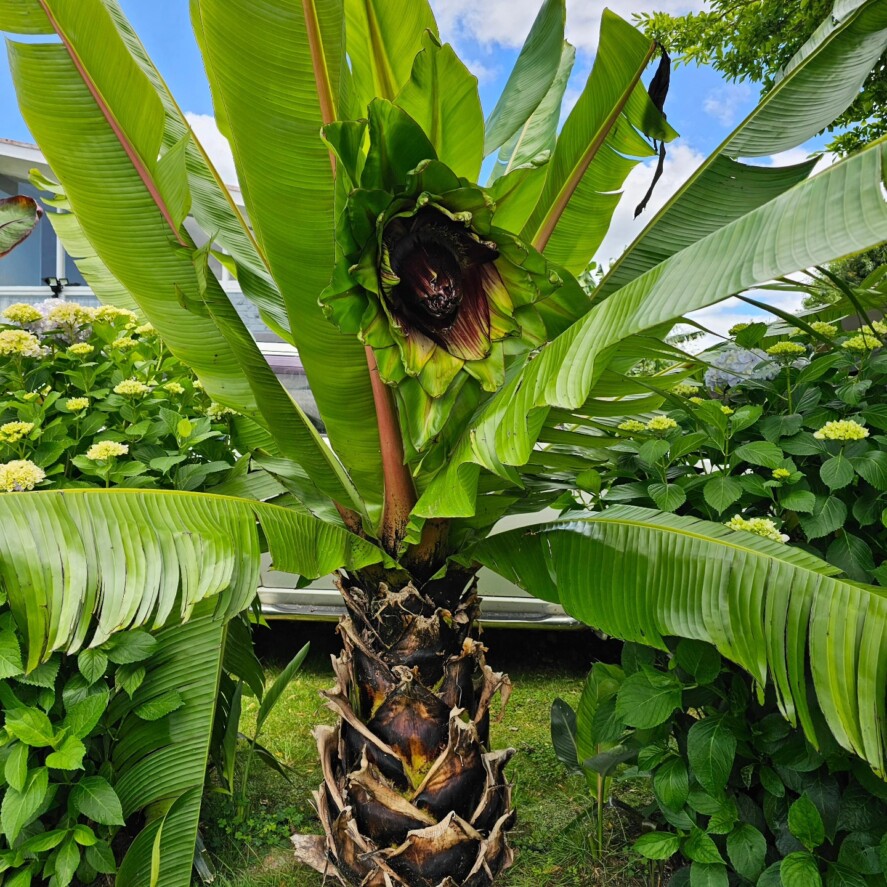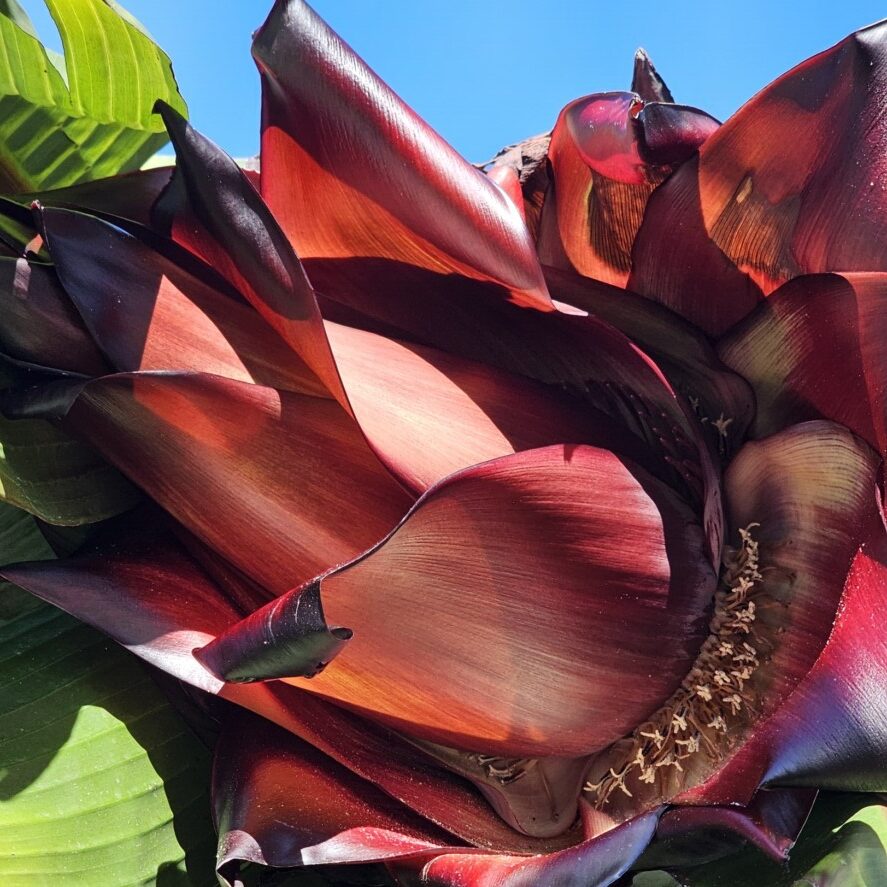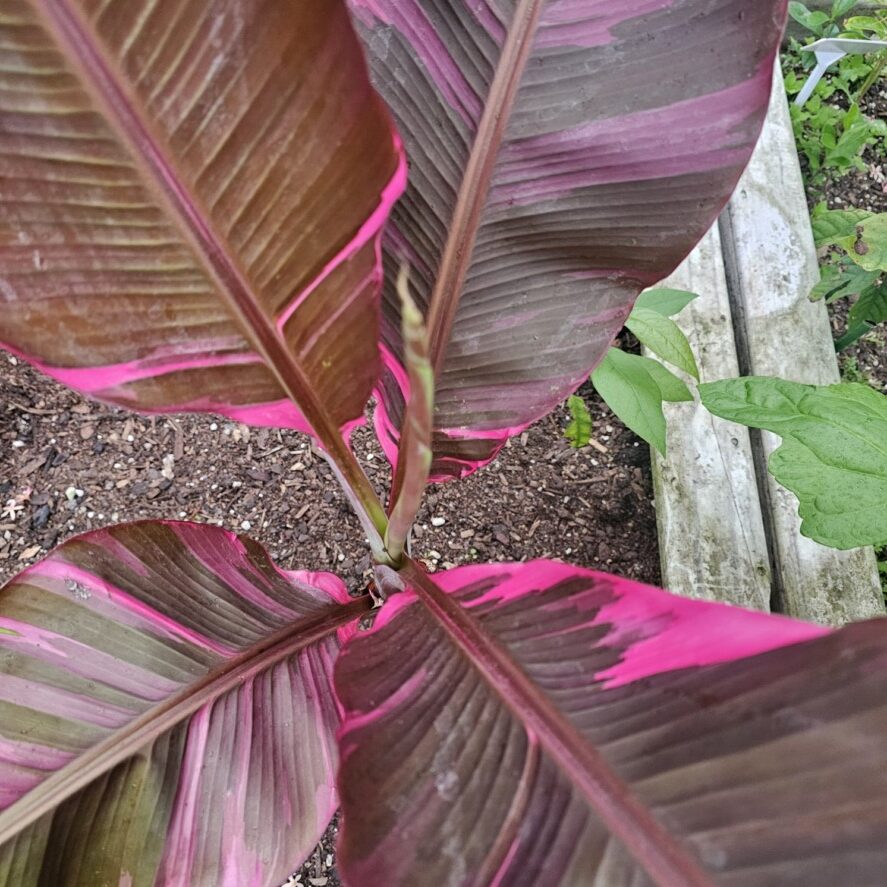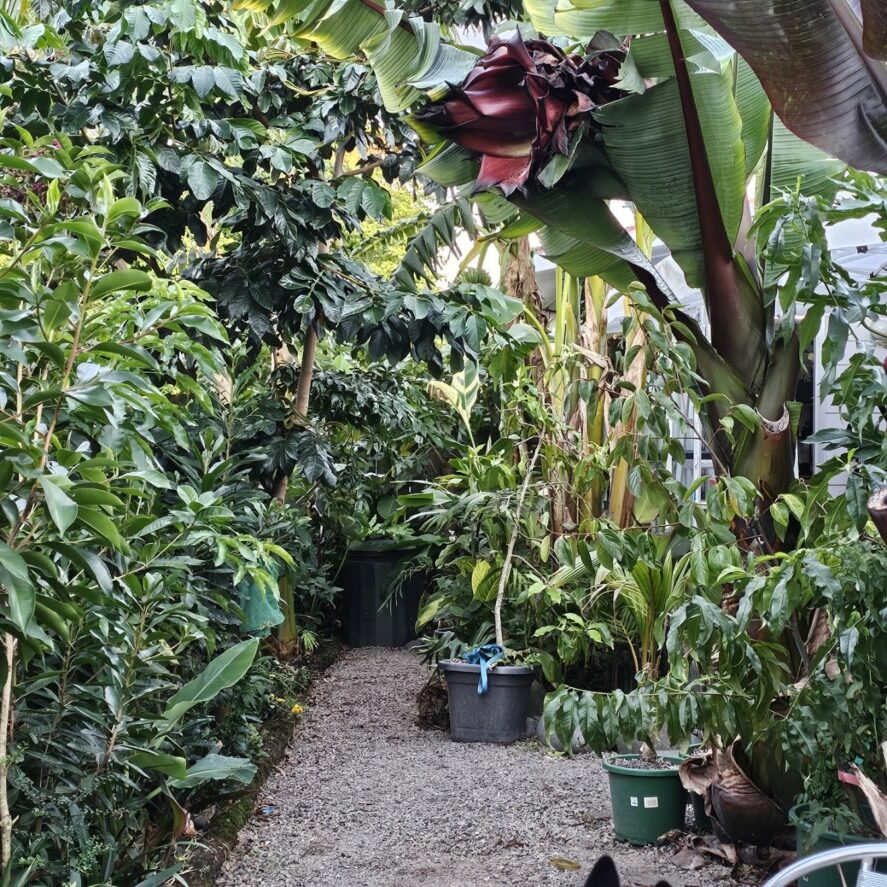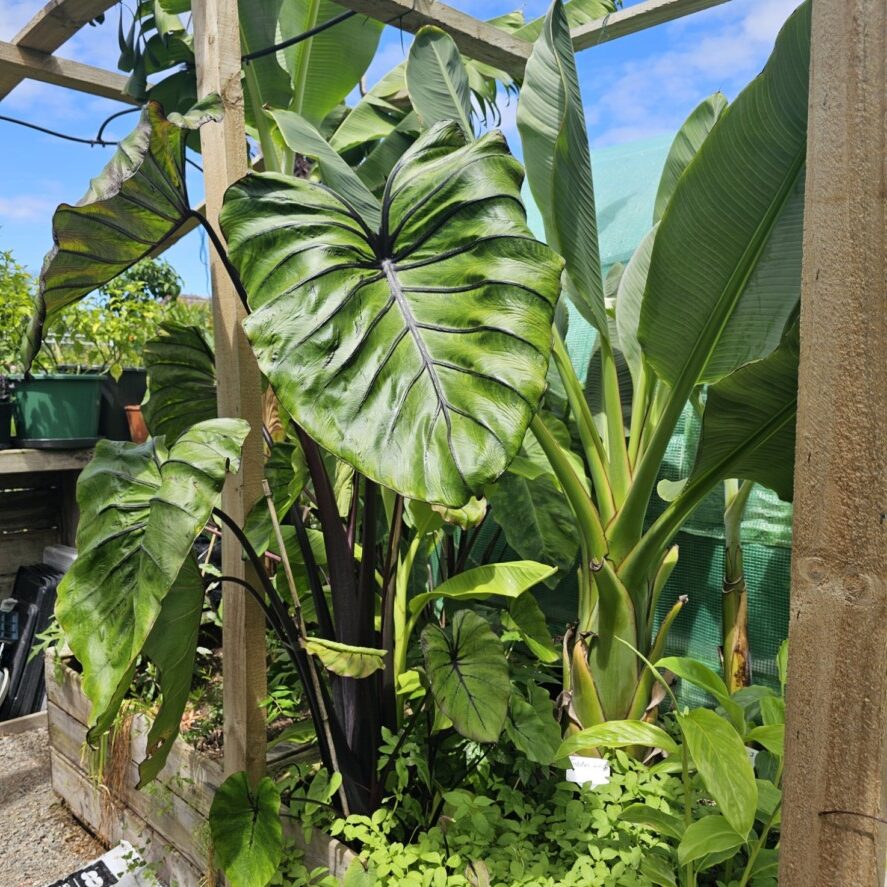-
Troppo Plant & Garden Articles
- Te Puke Region
- TROPPO’s Food Forest in Te Puke, BOP (www,foodforest.org.nz)
- Troppo’s Plant Collection
- TROPPO's Nursery Directory
- Food Forests of New Zealand (www.foodforests.nz)
- Nursery Map - Plant Suppliers of NZ Directory (www.nurserymap.nz)
- Kids Garden Corner
- New Zealand Garden Bird Survey
- New Zealand Garden Groups
- Delicious Recipes
Cultivating Abundance: The Rise of Food Forests in New Zealand
**Title: Cultivating Abundance: The Rise of Food Forests in New Zealand**
In the heart of New Zealand’s lush landscapes, a quiet revolution is taking root. Food forests, a concept as old as nature itself, are gaining momentum as a sustainable and regenerative way to grow food, restore ecosystems, and build resilient communities. These edible ecosystems, inspired by natural forests, are not only transforming the way Kiwis think about agriculture but also offering a blueprint for a more sustainable future.
### What is a Food Forest?
A food forest, also known as a forest garden, is a carefully designed system that mimics the structure and function of a natural forest. Instead of wild trees and shrubs, a food forest is composed of edible plants, fruit trees, herbs, vegetables, and other useful species. These layers of vegetation work together to create a self-sustaining ecosystem that requires minimal human intervention once established.
The concept of food forests is rooted in permaculture, a design philosophy that emphasizes working with nature rather than against it. By harnessing the principles of biodiversity, natural succession, and ecological harmony, food forests can produce an abundance of food while enhancing soil health, conserving water, and supporting wildlife.
### Why Food Forests in New Zealand?
New Zealand’s unique climate, fertile soils, and rich biodiversity make it an ideal location for food forests. From the subtropical north to the temperate south, the country’s diverse ecosystems provide opportunities to grow a wide variety of edible plants. Food forests are particularly well-suited to New Zealand’s environmental challenges, including soil erosion, water scarcity, and the impacts of climate change.
1. Regenerating the Land: Many parts of New Zealand have been degraded by intensive agriculture, deforestation, and urban development. Food forests offer a way to restore these landscapes by rebuilding soil fertility, increasing biodiversity, and creating habitats for native species.
2. Climate Resilience: With its dense canopy and diverse plant life, a food forest acts as a natural carbon sink, helping to mitigate climate change. The multi-layered structure also provides shade, reduces evaporation, and protects against extreme weather events.
3. Local Food Security: Food forests can provide a reliable source of fresh, nutritious food for local communities. By growing a wide range of crops, they reduce dependence on imported goods and strengthen food sovereignty.
4. Cultural Connection: For Māori, the concept of food forests aligns closely with traditional practices of kaitiakitanga (guardianship) and mahinga kai (food gathering). Many food forest projects in New Zealand are led by Māori communities, who are reviving ancestral knowledge and integrating it with modern permaculture techniques.
### Inspiring Examples of Food Forests in New Zealand
Across Aotearoa, food forests are sprouting up in backyards, schools, community gardens, and even urban spaces. Here are a few inspiring examples:
1. The Food Forest Project (Canterbury): Located in Christchurch, this community-driven initiative has transformed a vacant lot into a thriving food forest. With over 200 edible plants, the site serves as a living classroom for sustainable gardening and a source of fresh produce for local residents.
2. Kōanga Institute (Hawke’s Bay): This permaculture research center is home to one of New Zealand’s oldest food forests. Established in the 1980s, the forest features a diverse range of fruit trees, berries, and medicinal plants, all grown using organic and regenerative practices.
3. Tāne’s Tree Trust (Nationwide): While not exclusively focused on food forests, this organization promotes the planting of native and exotic trees for ecological and economic benefits. Their work includes integrating edible species into reforestation projects, creating hybrid food forests that support both people and the environment.
4. Urban Food Forests (Auckland and Wellington): In cities like Auckland and Wellington, urban food forests are popping up in parks, schools, and community spaces. These projects not only provide fresh food but also bring people together, fostering a sense of connection and shared purpose.
### How to Start Your Own Food Forest
Interested in creating a food forest in your backyard or community? Here are some steps to get started:
1. Design with Nature: Observe your site’s natural features, such as sunlight, wind patterns, and soil type. Use these observations to guide your design, ensuring that each plant is placed in the right location.
2. Choose the Right Plants: Select a mix of trees, shrubs, groundcovers, and vines that are well-suited to your climate and soil conditions. Include a variety of fruit trees, berries, herbs, and nitrogen-fixing plants to create a balanced ecosystem.
3. Build Healthy Soil: Healthy soil is the foundation of a thriving food forest. Use compost, mulch, and organic matter to improve soil fertility and structure.
4. Plant in Layers: Mimic the structure of a natural forest by planting in layers—canopy trees, understory trees, shrubs, herbaceous plants, groundcovers, and root crops. This maximizes space and creates a diverse, resilient system.
5. Encourage Biodiversity: Include plants that attract pollinators, birds, and beneficial insects. The more diverse your food forest, the more resilient it will be to pests and diseases.
6. Be Patient: A food forest takes time to establish. While you may harvest some crops in the first few years, the system will continue to mature and become more productive over time.
### A Future Rooted in Abundance
Food forests are more than just a way to grow food—they are a vision of a world where humans live in harmony with nature. In New Zealand, these edible ecosystems are not only addressing pressing environmental and social challenges but also reconnecting people with the land and each other.
As more Kiwis embrace the principles of permaculture and regenerative agriculture, food forests have the potential to become a cornerstone of New Zealand’s sustainable future. Whether you’re a seasoned gardener or a curious beginner, there’s never been a better time to plant the seeds of change and cultivate abundance in your own backyard.
So, grab a spade, gather some seeds, and join the growing movement of food foresters in Aotearoa. Together, we can create a greener, healthier, and more resilient future—one tree at a time.

